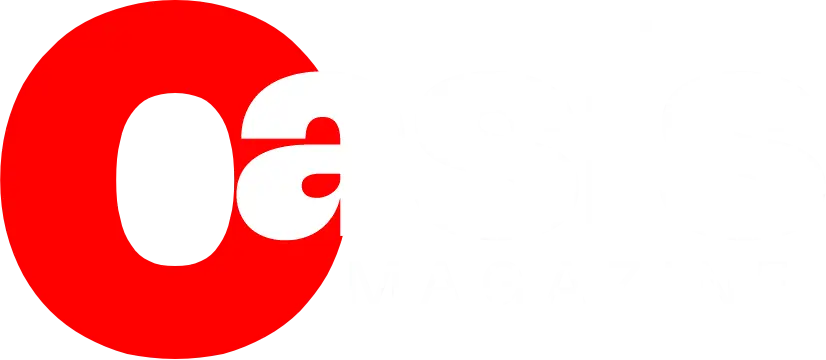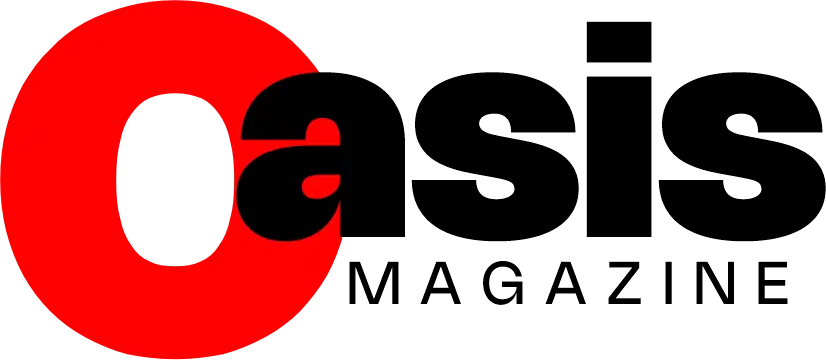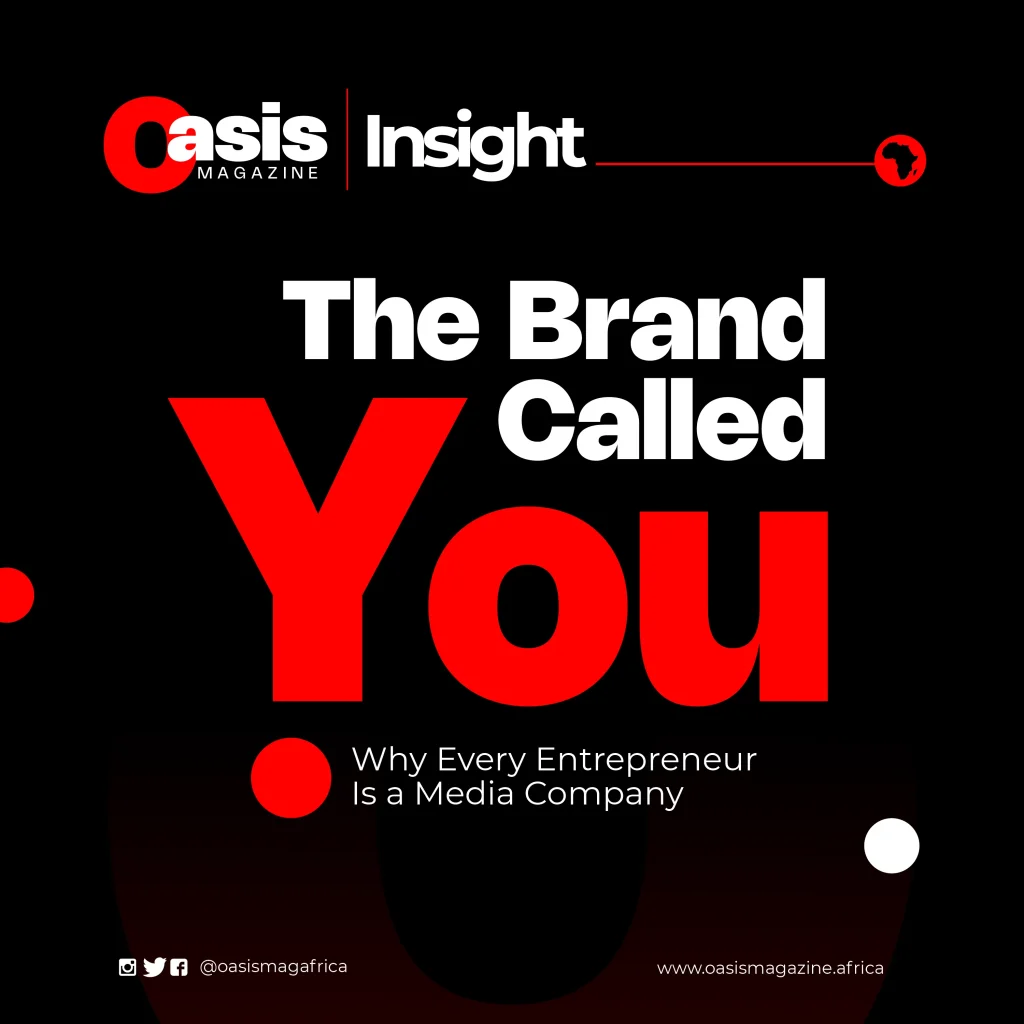Executive Summary: The Trust Premium
In 2025, trust has eclipsed brand equity, operational efficiency, and even innovation as the primary driver of enterprise value. According to new analysis from the Edelman Trust Institute and McKinsey Global Institute, publicly traded companies in the top quartile of stakeholder trust generate 2.3 times higher total shareholder returns over a three-year horizon than peers with comparable fundamentals but lower credibility scores.
CEOs who systematically engineer trust—through radical transparency, consistent delivery, and purposeful alignment—outperform competitors by up to 40% in revenue resilience during market volatility.
The era of the “trust architect” has arrived: leaders who treat credibility not as a byproduct of success, but as its foundational infrastructure.
Markets Are Pricing Credibility—Not Just Cash Flows
The boardroom calculus has fundamentally shifted. Investors no longer assess a company solely through discounted cash flows or EBITDA margins; they now price in reputational risk premiums and trust multipliers.
A 2024 PwC survey of 1,200 institutional investors revealed that 68% now incorporate third-party trust metrics—such as employee sentiment scores, supply chain ethics ratings, and crisis response transparency—into their valuation models. Meanwhile, consumers are voting with their wallets: 73% of global respondents in the 2025 Edelman Trust Barometer say they will pay a 10–15% premium for products from companies they deem “high-trust,” even amid inflationary pressure.
This convergence of investor and consumer behavior has transformed trust into an invisible yet quantifiable currency—one that appreciates through consistency and evaporates in seconds of perceived inauthenticity.
Why Trust Outperforms Strategy Alone
For decades, competitive advantage was built on scale, speed, or IP. Today, those advantages are fleeting. In an age of algorithmic transparency, social media scrutiny, and AI-driven sentiment analysis, a brilliant strategy without a credible steward collapses under its own weight.
Consider Apple: its market capitalization isn’t just a function of hardware margins—it reflects decades of accumulated trust equity in design integrity, privacy stewardship, and ecosystem reliability. Similarly, Flutterwave’s rapid ascent in Africa wasn’t fueled by growth-at-all-costs tactics, but by operational transparency during regulatory turbulence and consistent settlement reliability—traits that attracted not just users, but sovereign wealth funds and global partners.
Conversely, once-trusted giants like Boeing and Meta have seen billions in market value erased not by product failure alone, but by erosion of leadership credibility.
The Three Pillars of Engineered Trust
Trust is not charisma. It is not marketing. It is a systemic capability built on three interlocking dimensions:
- Radical Transparency
Leaders who proactively disclose risks, admit missteps, and demystify decision-making build what Harvard’s Frances Frei calls “predictable vulnerability.” Silence is no longer neutral—it is interpreted as concealment. - Relentless Consistency
Trust compounds through repeated delivery. A single broken promise—whether a delayed ESG target or a missed product launch—can erase years of goodwill. As Salesforce CEO Marc Benioff notes: “Trust is the only non-renewable resource in business.” - Authentic Purpose Alignment
Stakeholders now demand coherence between a company’s stated values and its actions. Patagonia’s 2022 transfer of ownership to a climate trust wasn’t philanthropy—it was strategic trust engineering, reinforcing its covenant with environmentally conscious consumers and employees alike.
CEOs who master this triad become more than executives—they become institutional stewards, capable of mobilizing capital, talent, and public goodwill across borders and business cycles.
Operationalizing Trust: A CEO’s Playbook for 2025
Moving beyond platitudes requires deliberate design. Leading organizations are embedding trust into their operating systems:
- Promise Audits: Quarterly reviews of all public commitments (from sustainability pledges to product roadmaps), with clear accountability for delivery.
- Employee Trust Indexes: Internal sentiment tracking tied to leadership communication, psychological safety, and perceived fairness—because internal trust precedes external trust.
- Transparent Governance Dashboards: Real-time public portals showing supply chain ethics, carbon progress, and diversity metrics (e.g., Unilever’s Open Data initiative).
- Reputation Reserves: Treating trust like capital—allocating resources to “reputation R&D,” including crisis simulation labs and third-party credibility audits.
As one Fortune 50 CEO confided: “We now model trust decay curves the way we model inventory obsolescence.”
The Trust Paradox: When Credibility Becomes a Liability
Trust is not without risk. Over-reliance on a leader’s personal credibility can stifle dissent—witness the cautionary tale of Theranos, where reverence for Elizabeth Holmes muted internal skepticism. In Japan, nemawashi (consensus-building) fosters deep institutional trust but can slow innovation. In Brazil, relational trust (confiança) enables agility but may blur ethical boundaries.
The most resilient organizations decentralize trust—embedding it in processes, not personalities—and build constructive friction through independent ethics boards, whistleblower protections, and red-team challenge functions.
The Future: Trust as Infrastructure
By 2030, the most valuable companies will not be those with the best algorithms or largest user bases, but those with the highest trust density—measured in stakeholder confidence per dollar of revenue.
Regulators are already moving in this direction: the EU’s Corporate Sustainability Due Diligence Directive now mandates “reasonable assurance” of ethical supply chains, while the SEC is piloting disclosure rules for “reputational risk exposure.”
The 21st-century CEO is no longer merely a capital allocator or growth driver. They are a trust architect—designing organizations where credibility is measurable, scalable, and antifragile.
“In an age of volatility, trust is the only asset that appreciates during a crisis.”
— Adapted from Indra Nooyi
The Trust Premium Index (2025)
Top-quartile “high-trust” firms vs. industry median (McKinsey & Edelman, Q1 2025)
- Customer retention: +42%
- Cost of capital: –31%
- Talent acquisition speed: 2.1x faster
- Crisis recovery time: 68% shorter
Insight
Trust was once the soft underbelly of business strategy. In 2025, it is the steel spine. For CEOs willing to engineer it with the same rigor as balance sheets and supply chains, it will be the ultimate source of enduring advantage—when markets shift, technologies disrupt, and narratives fracture, trust remains the only currency that never defaults.


